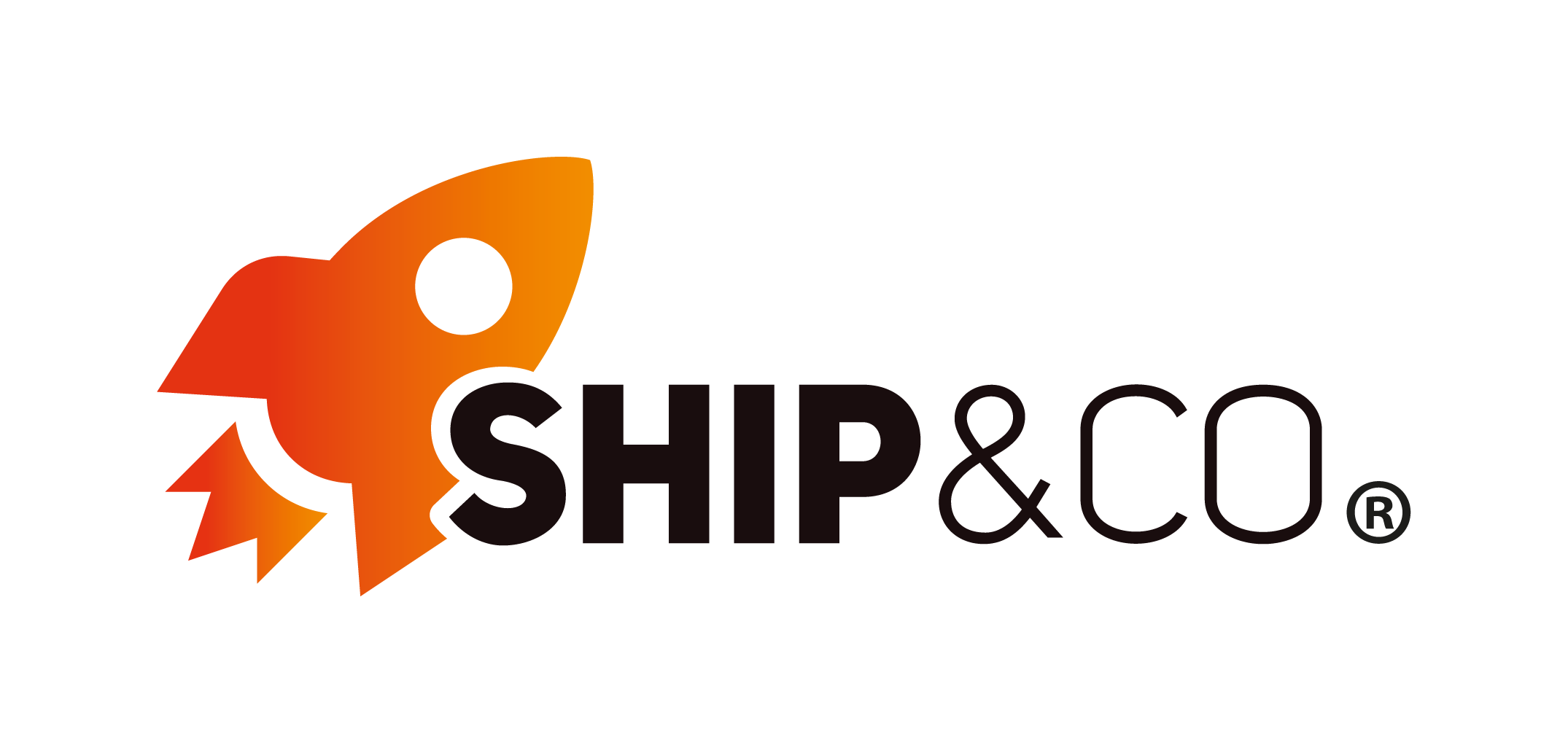New EU VAT rules for E-commerce applied from July 1st 2021
Be ready. The new VAT rules for E-commerce sellers comes into effect on the 1st of July. Let us give you a quick overview of what you need to know.

Be ready. The new VAT rules for E-commerce sellers comes into effect on the 1st of July. The changes appeal to help facilitate EU cross-border trades as well as ensure fair competition, but it obviously causes us a huge confusion. This article gives you a concise overview of what you need to know to manage your online business and avoid troubles when shipping your parcels.
What is new?
The import VAT exception for all commercial goods, valued below €22, imported into the EU will now disappear. After July 1st, online transaction by B2C sellers will be charged VAT at the time of the sale for consignments not exceeding €150. The EU introduces an Import One-Stop Shop (IOSS) to simplify the declaration and payment of VAT sold by both sellers from the EU and non-EU countries. However, this new regulation mostly targets the marketplaces like Amazon, eBay, and other Large sellers.
So, please be noted that the IOSS is not mandatory, and you are still able to ship without it, but if you charge EU customers for their country’s VAT rates at checkout, you better have to use it!
Who is affected?
The new VAT rules will influence online sellers, marketplaces, EU consumers, and postal couriers. The transaction affected by this policy consists of the import of physical goods and products lower than €150 and the online marketplaces that sell products to EU customers (Amazon, eBay, etc.).
As an online seller, here's a quick point you need to know.
Marketplaces (Electronic interfaces):
From now on, the marketplaces have to collect and verify online sellers data, product information, and value of products. Also, they will be responsible for collecting, reporting and remitting the VAT upon checkout process as well as sending the B2C invoices to buyers.
Online sellers:
Online merchants who agree to collect VAT on orders below €150 should apply for the Import One-Stop Shop (IOSS) to get the IOSS number and provide it when shipping the product for customs declaration. Non-EU sellers may select to register as non-Union taxpayers in the EU member states on their choices.
*If the E-commerce sellers decide not to apply the IOSS, the buyers will have to pay the delivery or customer agent to access their goods.
Any updates in Ship&co?
The updates will depend on the eCommerce platform you used: marketplace platforms like eBay and Amazon, or non-marketplace platforms like Shopify, WooCommerce, Magento, etc.
Marketplace sellers:
- eBay - No action required. System will automatically get eBay’s IOSS whenever it is required.
- Amazon - Amazon sellers can add Amazon’s IOSS number from the Shops setting page.
- Etsy - Etsy sellers can add Etsy’s IOSS number from the Shops setting page.
Non-Marketplace sellers:
- If you have an IOSS number, you can add it into Ship&co’s invoice settings from the Settings page.
We made this new update for both application service and API service to make sure everything works smoothly. When you make a shipment through Ship&co, the IOSS number will be automatically shown in the shipping label. Please check out our support page for more information.
You can also access the information provided by the carriers (FedEx, DHL, UPS) or EC stores (Shopify, WooCommerce, eBay, Amazon, Etsy) or consult with the EU or your tax advisors about this.
About Ship&co
Ship&co is a global shipping platform designed by and for e-commerce sellers. Created by the team behind Bento&co, who have been selling on Shopify since 2008, Ship&co provides a simple and easy-to-use web dashboard and shipping API. Ship&co helps online sellers ship packages faster by automatically syncing orders and creating shipping labels and invoices in minutes. With Ship&co, you can create shipping labels for FedEx, UPS, DHL, NinjaVan, Yamato, Sagawa, and more, with just two clicks to complete the process and mark your orders as shipped. For more information on Ship&co, visit shipandco.com or reach out to us via [email protected] !

